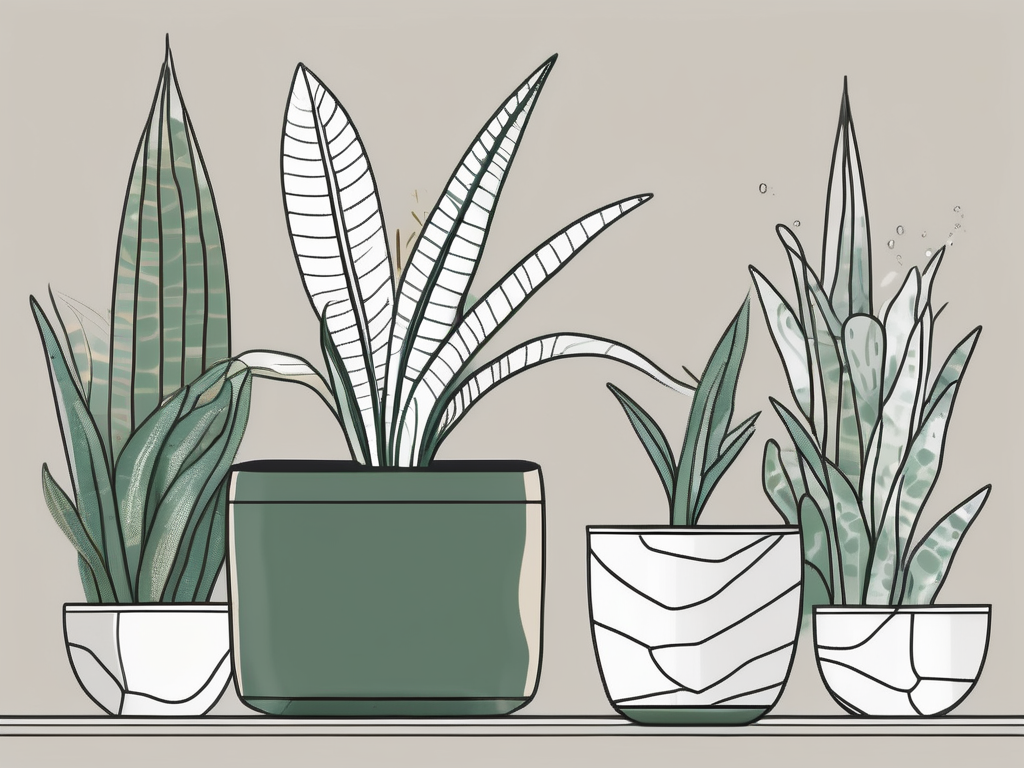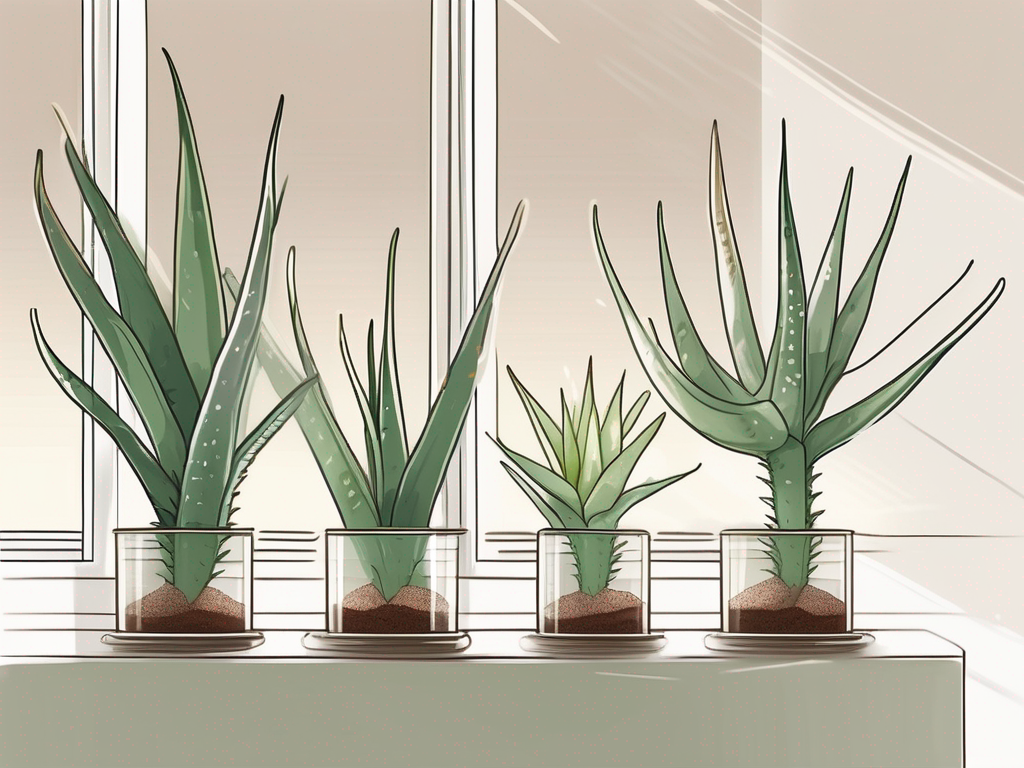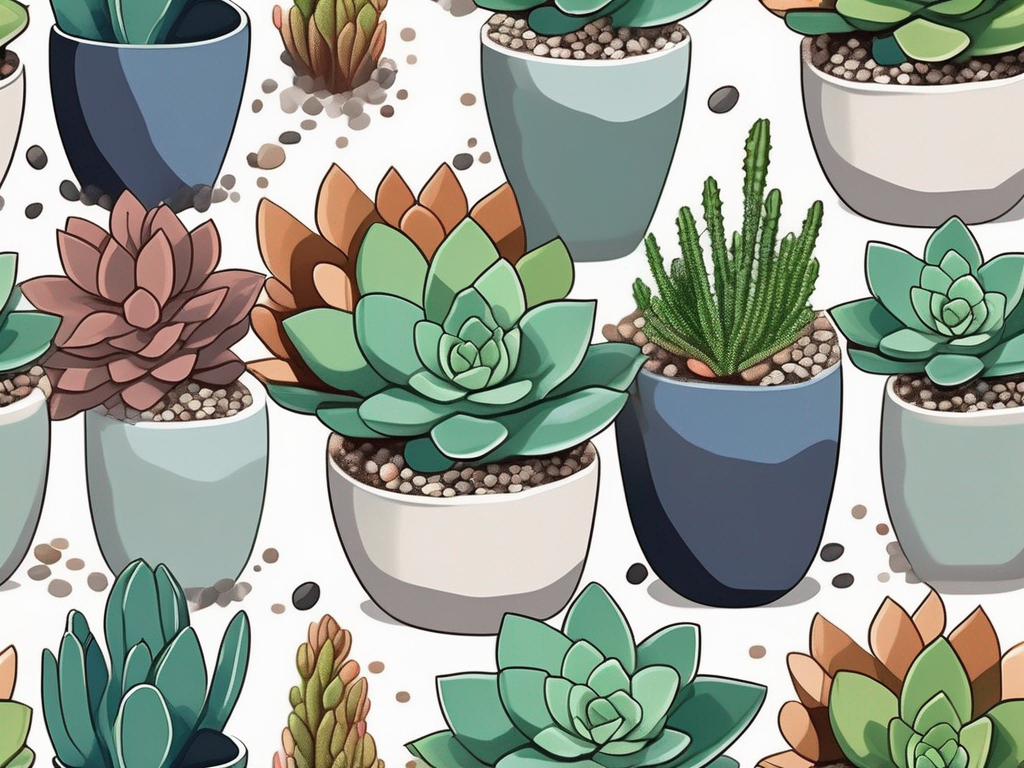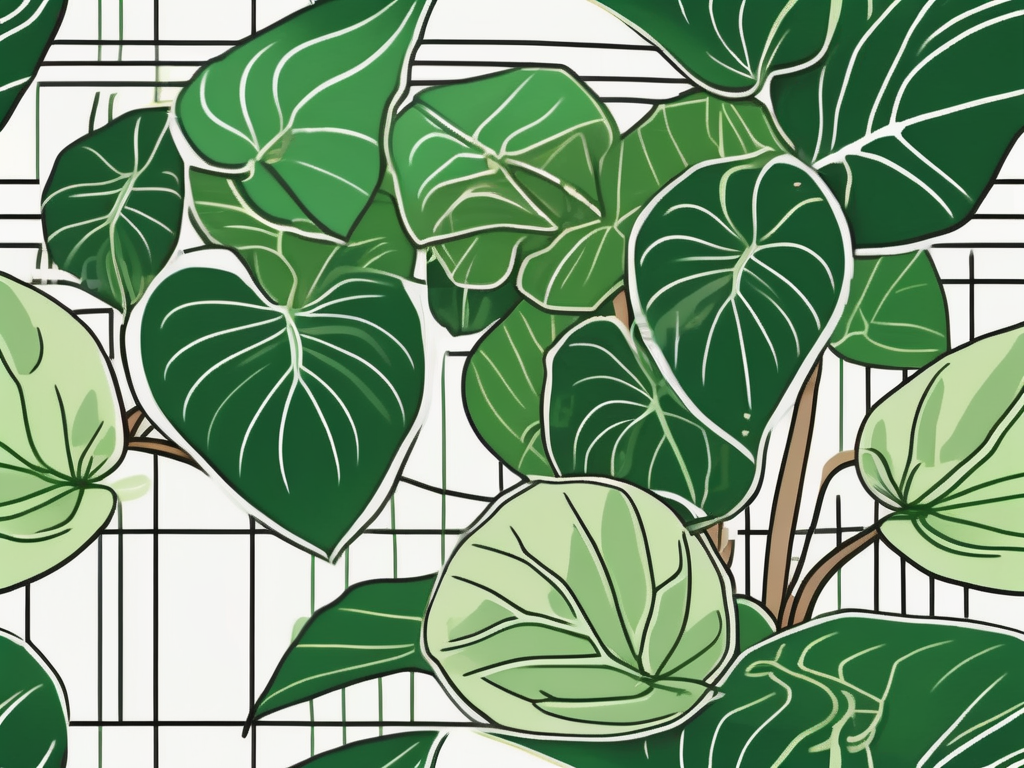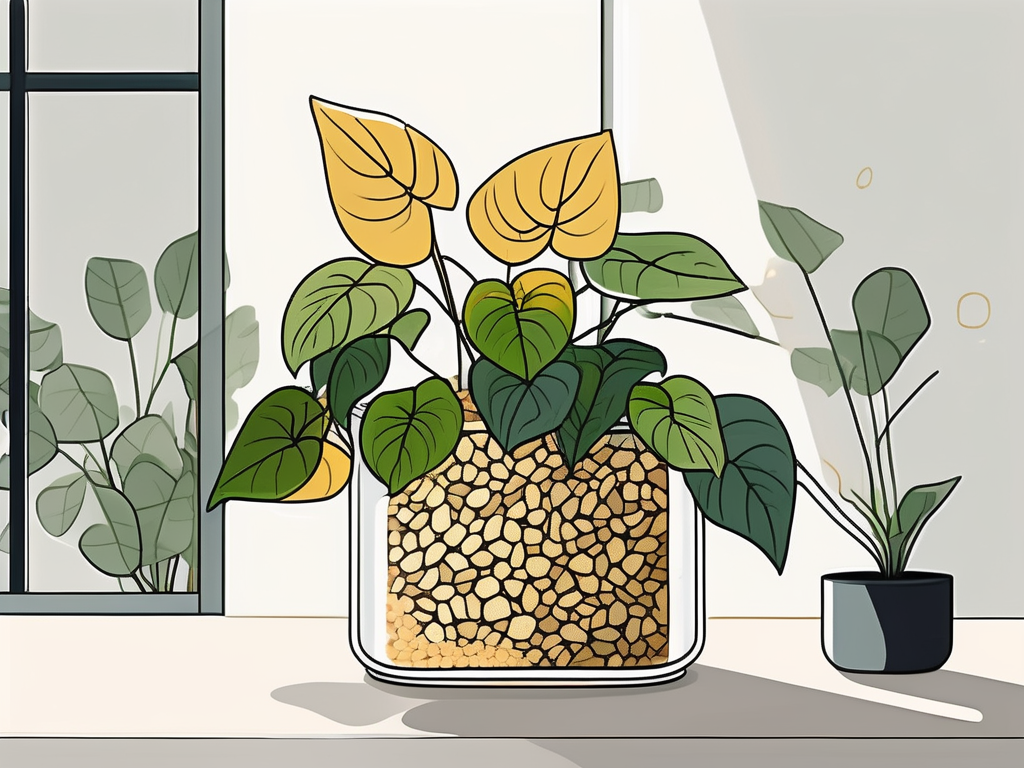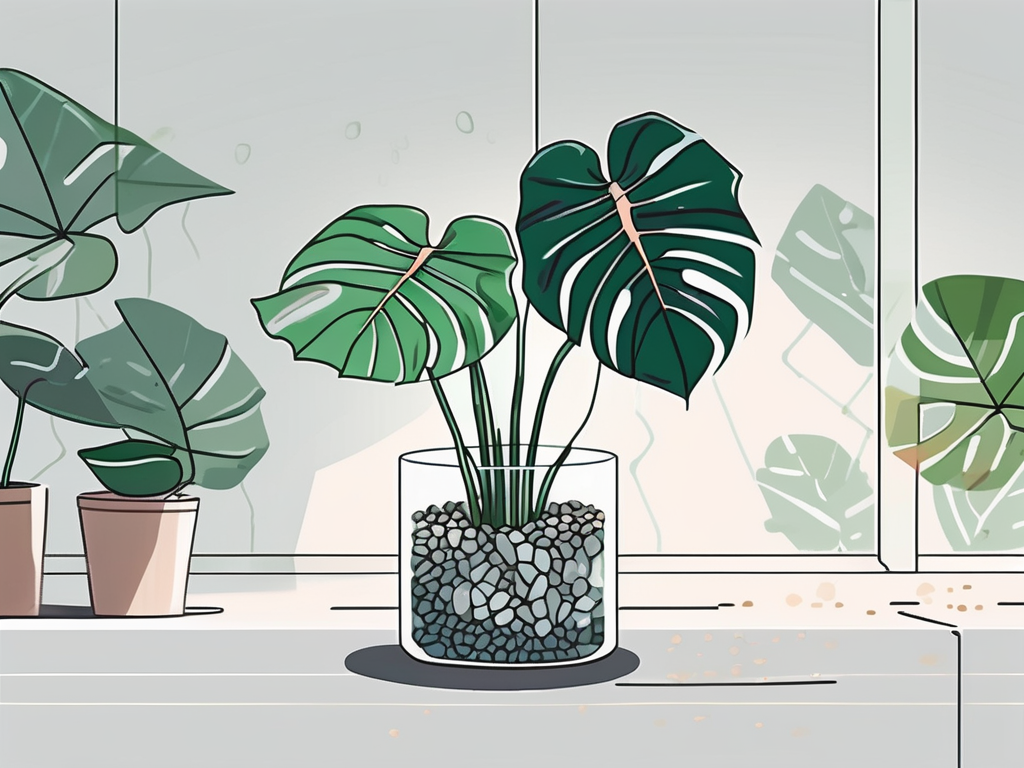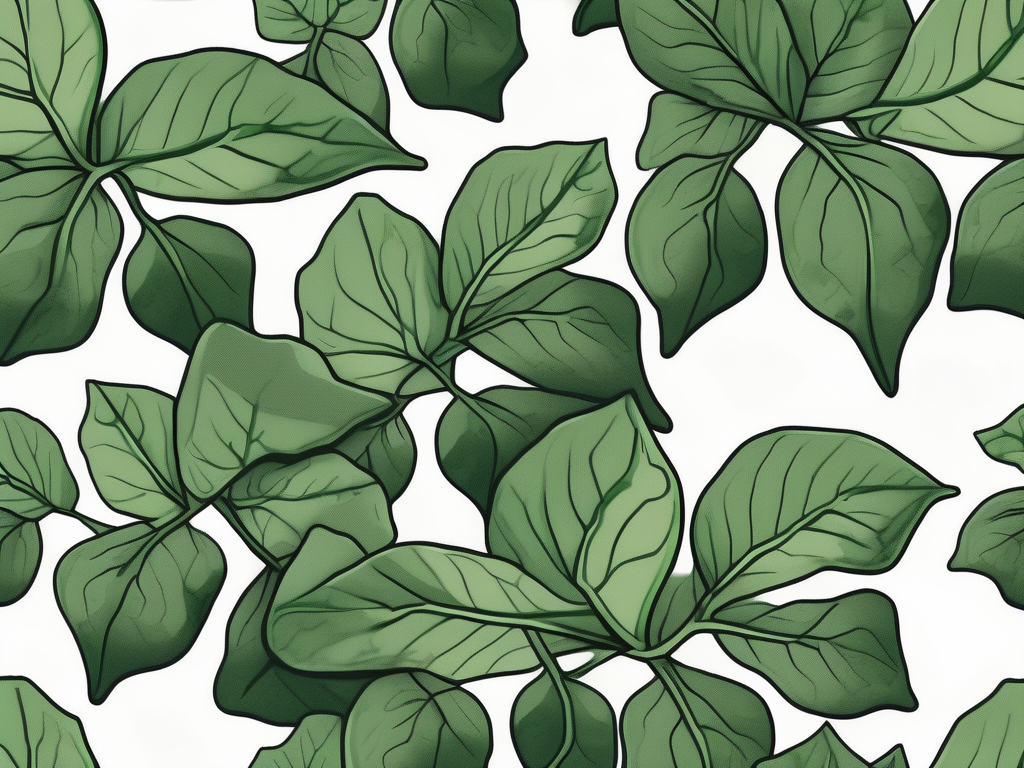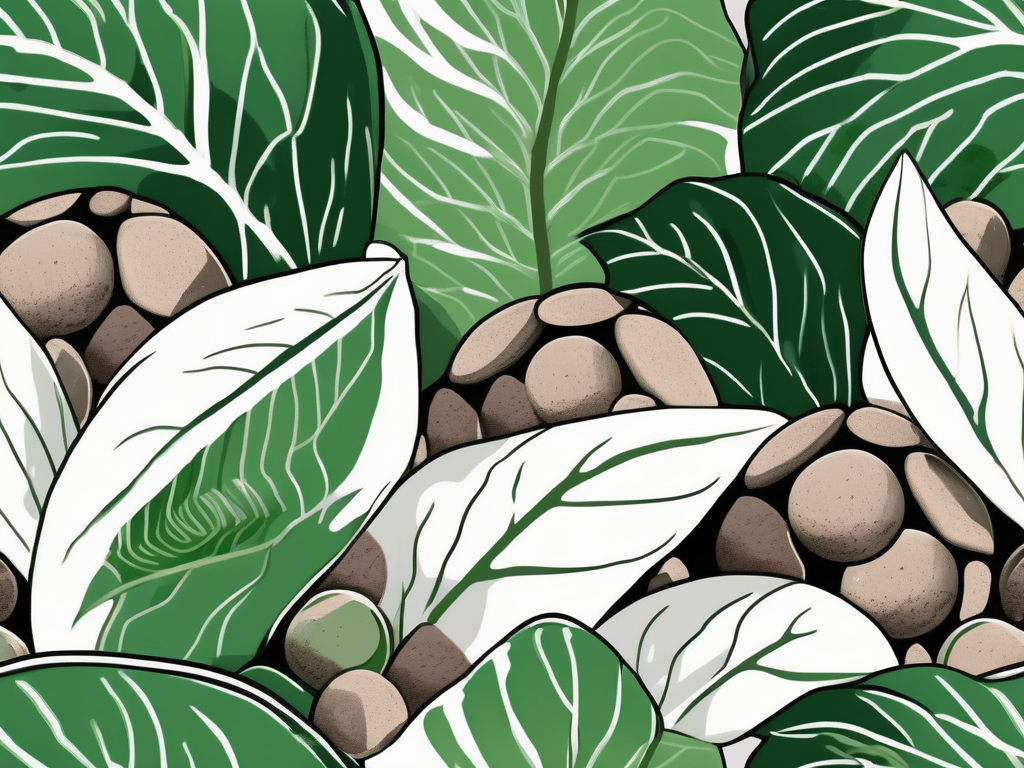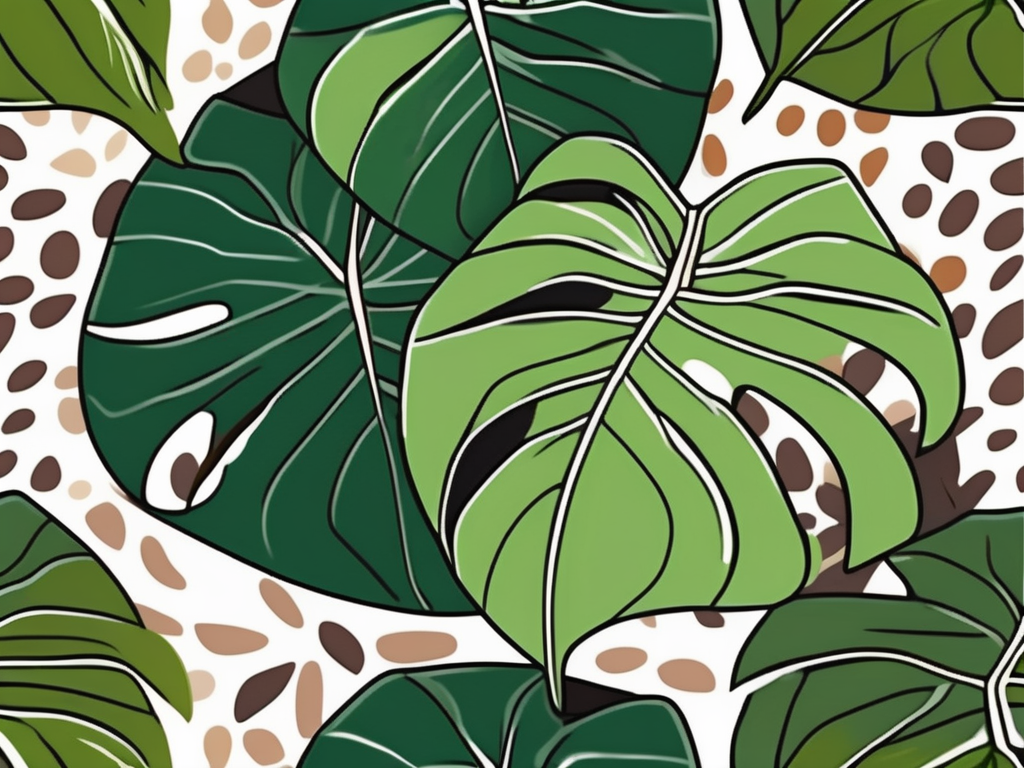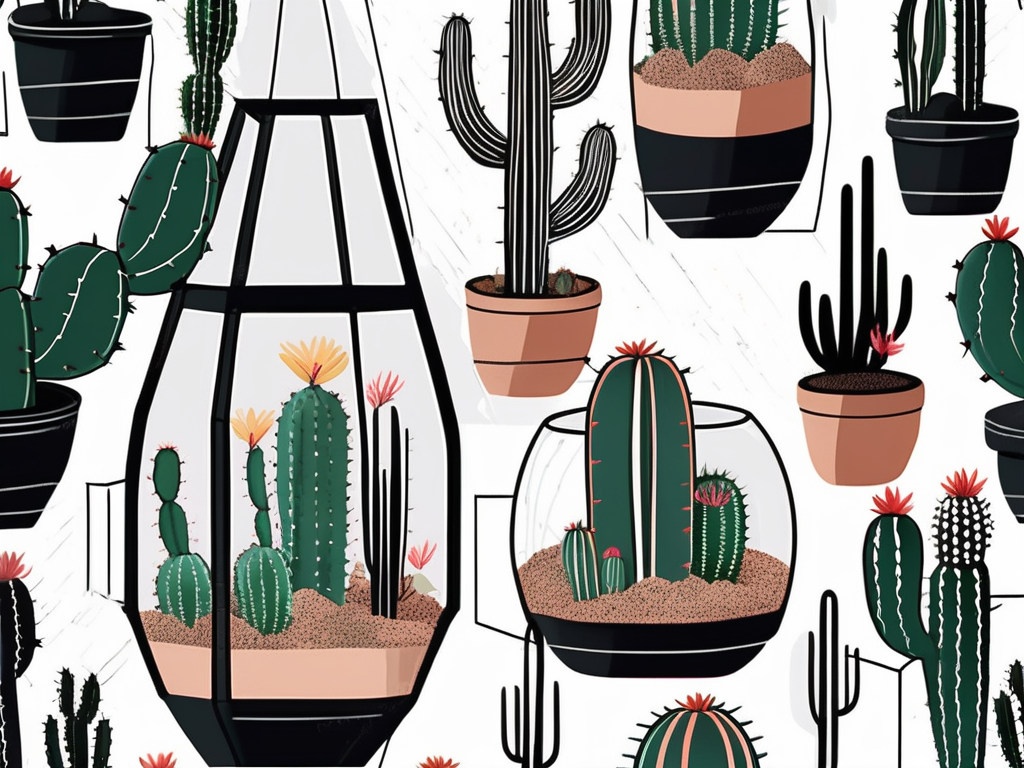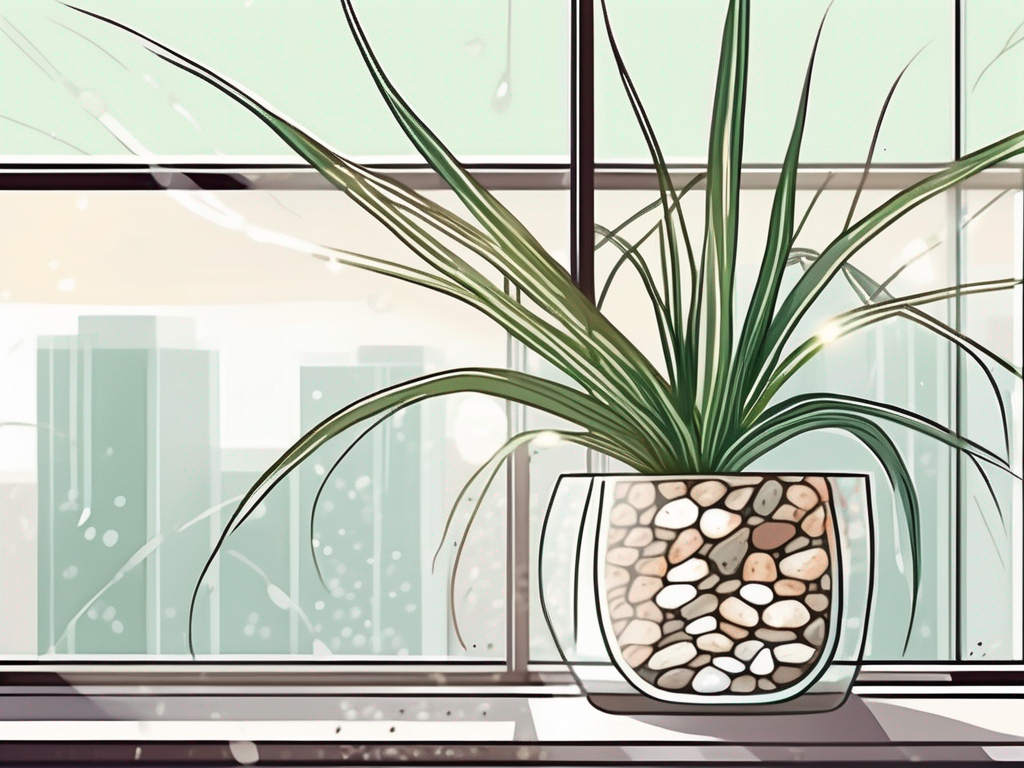
Spider plants are a beloved favorite for many plant lovers, not just because of their striking foliage but also due to their easy-going nature. But what if I told you there's a way to make caring for your spider plants even easier? Enter LECA—short for Lightweight Expanded Clay Aggregate—a simple and innovative potting medium that's gaining popularity among houseplant people.
In this article, we'll explore why growing spider plants in LECA might just be the game-changer you've been looking for. We'll cover everything from the benefits of this unique medium to practical tips on how to get started and keep your spider plants thriving. So, if you're curious about what makes LECA so special, read on!
Understanding LECA: A Quick Overview
Before we jump into the benefits of using LECA for spider plants, let's talk a bit about what LECA is. Picture tiny clay balls that are super lightweight and porous. They aren't soil or even a soil substitute in the traditional sense, but they do provide a fantastic growing environment for many plants.
The beauty of LECA lies in its structure. These little clay balls are fired at high temperatures, creating a hard outer shell with a honeycomb-like interior. This structure allows for excellent aeration and water retention—a perfect combo for plant roots. As a result, plants grown in LECA often experience less root rot and enjoy better overall health.
LECA is used by many hydroponic growers, but it's also perfect for houseplants like spider plants. By using LECA, you can have greater control over your plant’s environment, which means fewer pests, better water management, and healthier plants.
Why Spider Plants Love LECA
Now that we've covered what LECA is, let's dive into why spider plants thrive in this medium. Spider plants are known for their resilience, but even tough plants can suffer from overwatering, poor drainage, or root rot. Here's where LECA comes to the rescue.
- Less Risk of Overwatering: LECA's porous nature allows for excellent drainage. Excess water simply drains away, reducing the risk of overwatering—a common issue with traditional soil.
- Improved Root Health: The aeration provided by LECA encourages healthy root growth. Roots can breathe better, leading to stronger, more robust plants.
- Consistency: LECA allows for a consistent watering routine. You can easily see when it's time to water by checking the moisture level in the clay balls.
These benefits make LECA an excellent choice for spider plants, particularly for those who tend to be a bit heavy-handed with the watering can.
Getting Started with LECA
If you're interested in transitioning your spider plant to LECA, here's a friendly how-to guide to get you started. The process is straightforward, but it does require a few specific steps to ensure success.
Step 1: Gather Your Supplies
You'll need a few things to start:
- A bag of LECA
- A pot with drainage holes
- A container to soak the LECA
- Your spider plant
- Water
Step 2: Prepare the LECA
It's crucial to rinse and soak the LECA before using it. This removes any clay dust and preps the balls for absorbing moisture.
- Rinse the LECA under running water to remove dust.
- Soak it in water for about 24 hours. This helps the balls absorb moisture, which they will slowly release to your plant over time.
Step 3: Transition Your Spider Plant
Carefully remove your spider plant from its current pot. Gently shake off as much soil as possible, and rinse the roots to remove any remaining soil.
- Place a layer of LECA at the bottom of the new pot.
- Position your plant in the pot and fill around the roots with LECA, ensuring the plant is stable and upright.
- Water the LECA until the bottom layer is sitting in about an inch of water. The LECA will wick moisture up to the plant's roots.
And voila! Your spider plant is now happily sitting in its new LECA home.
Watering and Maintenance
One of the perks of using LECA is the reduced frequency of watering. Since LECA retains water, you won't need to water your spider plant as often as you would with soil.
- Check Moisture Levels: You can easily see when it's time to water by checking the moisture of the LECA. If the top layer is dry, it might be time to add some more water.
- Watering Routine: When watering, add enough water to reach the bottom layer of LECA. This way, the clay balls can continue to wick moisture up to the roots.
- Flushing: Every month or so, flush the LECA with water to prevent mineral buildup, ensuring your plant stays healthy.
With these simple steps, maintaining your spider plant in LECA is a breeze!
Repotting and Long-term Care
Like any plant, your spider plant will eventually outgrow its pot. The beauty of LECA is that repotting is often less messy and stressful for both you and the plant.
Recognizing the Need to Repot
You'll know it's time to repot when:
- The roots are growing out of the pot's drainage holes
- Your plant seems top-heavy or unstable
- Growth has slowed significantly
Repotting Process
To repot:
- Prepare a larger pot with fresh LECA.
- Gently remove the plant from its current pot, being careful not to damage the roots.
- Transfer the plant to the new pot, filling in with fresh LECA as needed.
Repotting is a great opportunity to check the health of the roots and refresh the LECA.
Pest Management in LECA
One of the standout benefits of using LECA is its ability to reduce pest issues. Traditional soil can sometimes harbor pests, but LECA minimizes this risk.
Most pests thrive in moist environments, but since LECA dries from the top down, it creates an inhospitable environment for many common houseplant pests like fungus gnats. Additionally, without organic matter, pests have fewer places to hide and breed.
Of course, no system is completely pest-proof. However, by regularly checking your plants and maintaining good plant hygiene, you can manage any potential pest problems with relative ease.
Styling Your Space with Spider Plants in LECA
Beyond the practical benefits, spider plants in LECA can also be a striking design feature in your home. Their sleek, modern look fits perfectly with contemporary décor styles.
Consider clear or white pots to showcase the unique texture of the LECA. This adds an interesting visual element and allows you to monitor the moisture levels easily. Arrange your spider plants on shelves or hanging from the ceiling to create an eye-catching display. Mixing them with other plants potted in LECA can give a cohesive look to your indoor garden.
Spider plants also make excellent gifts for friends and family. Their easy care and unique presentation make them a thoughtful and beautiful gift for plant lovers of any level.
Common Questions and Troubleshooting
While growing spider plants in LECA is relatively straightforward, you might still encounter a few bumps along the way. Here are some common questions and troubleshooting tips:
Why are my spider plant leaves turning brown?
Brown tips in spider plants often indicate inconsistent watering or mineral buildup. Ensure you're following a regular watering schedule and flush the LECA monthly to prevent salt accumulation.
My plant seems wobbly in the LECA. What should I do?
Make sure that the LECA is packed snugly around the roots to provide stability. If the plant is still wobbly, it might be time for a larger pot.
Can I fertilize my spider plant in LECA?
Absolutely! Use a diluted liquid fertilizer during the growing season. Since LECA doesn't contain nutrients, occasional feeding will support healthy growth.
These tips should help you address any concerns and keep your spider plants thriving in their new LECA environment.
Final Thoughts
Growing spider plants in LECA offers numerous benefits, from improved root health and reduced pest problems to a stylish look that can elevate your home décor. Whether you're a seasoned plant parent or new to the world of houseplants, LECA provides a versatile and low-maintenance option for keeping your spider plants healthy and happy.
If you're inspired to try growing your spider plants in LECA or any other plant-related adventure, check out Cafe Planta. We offer a wide range of houseplants and care accessories to support you on your plant journey. Have questions? Feel free to email us or message us on Instagram. We're here to help you connect with nature and enjoy the beauty of plants in your home.













